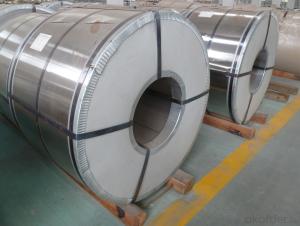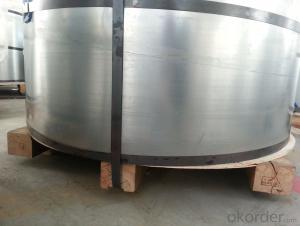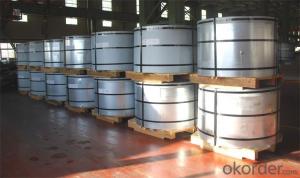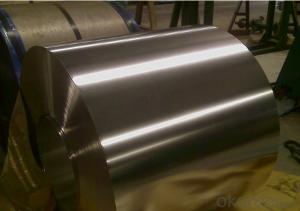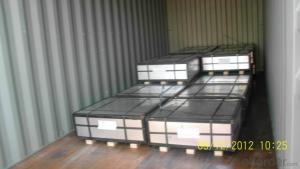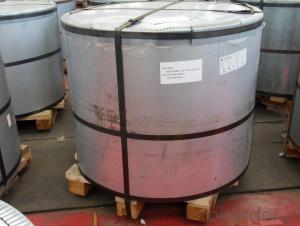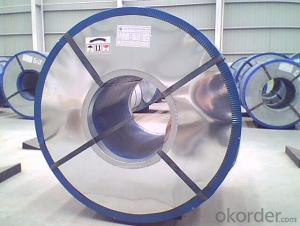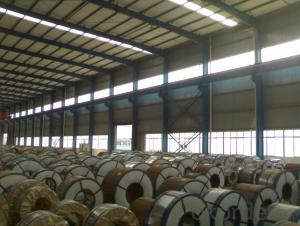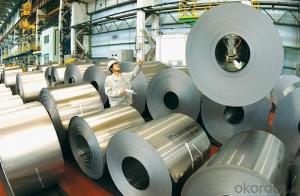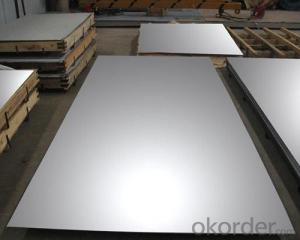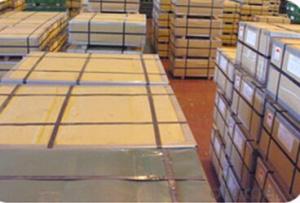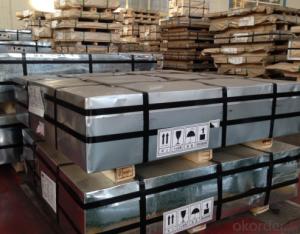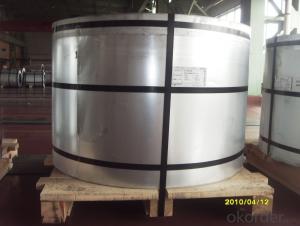Lionel Prewar Tinplate
Lionel Prewar Tinplate Related Searches
4 By 8 Plastic Sheets Thin Plastic Sheets Flexible Tinplate Coil Quotes Tinplate Iron Clear Plastic Sheets Hard Plastic Sheets 4X8 Lightweight Plastic Sheets Wavy Plastic Sheets White Plywood Sheets Poly Styrene Foam SheetsHot Searches
Tinplate China Tinplate Stock Price Tata Tinplate Price List Tinplate Price Trend Tinplate Nse Share Price Tinplate Price Chart Tinplate Share Price Nse Tata Tinplate Share Price Tinplate Share Price Today Tinplate Share Price Bse Tinplate Price Tinplate Share Price Tinplate Coil Manufacturers Tinplate Sheet Suppliers Food Mixer Sale Tinplate Factory Tinplate Production Tinplate Products Ltd Tinplate Products Tinplate Can ManufacturersLionel Prewar Tinplate Supplier & Manufacturer from China
Okorder.com is a professional Lionel Prewar Tinplate supplier & manufacturer, offers integrated one-stop services including real-time quoting and online cargo tracking. We are funded by CNBM Group, a Fortune 500 enterprise and the largest Lionel Prewar Tinplate firm in China.Hot Products
FAQ
- Tinplate contributes to the presentation of jewelry by providing a durable and attractive packaging solution. It offers a sleek and shiny surface that enhances the visual appeal of the jewelry, making it more eye-catching and appealing to customers. Additionally, tinplate's ability to be molded into various shapes and sizes allows for creative and customized packaging designs that can effectively showcase the jewelry's unique features. Its protective properties also help preserve the quality and condition of the jewelry, ensuring that it reaches the customers in pristine condition.
- Tinplate generally exhibits good resistance to chemical agents due to the protective layer of tin coating. This coating acts as a barrier, preventing direct contact between the metal and the chemicals, thereby minimizing the risk of corrosion or chemical reactions. However, the specific performance can vary depending on the type and concentration of the chemical, as well as the duration of exposure.
- Some common closure options for tinplate containers include screw caps, press-on lids, twist-off lids, and pull-tab lids.
- Yes, tinplate can be used for packaging personal care products. Tinplate is a commonly used material for packaging due to its durability, corrosion resistance, and ability to preserve the quality and shelf life of the products. It is also a sustainable option as it is recyclable and can be reused.
- Some of the different methods of disposing of tinplate packaging include recycling, reusing, and landfill disposal. Recycling involves separating the tinplate from other materials and sending it to recycling facilities to be processed into new products. Reusing tinplate packaging can involve repurposing it for storage or other purposes. If recycling or reusing is not possible, tinplate packaging can be disposed of in landfills, although this should be the last resort as it contributes to waste accumulation.
- Tinplate performs exceptionally well in terms of tamper-evident features. Its inherent strength and durability make it difficult to tamper with or manipulate without leaving clear signs of tampering. Additionally, tinplate can be customized with various tamper-evident mechanisms such as seals, closures, or indicators, further enhancing its reliability as a tamper-evident packaging material.
- There are several different printing techniques used on tinplate, including lithography, screen printing, and offset printing. Lithography involves creating an image on a flat surface, such as a metal plate, and then transferring that image onto the tinplate. Screen printing involves using a mesh screen to apply ink onto the tinplate in a desired pattern or design. Offset printing involves transferring an image from a plate onto a rubber blanket, and then onto the tinplate. Each technique has its own advantages and is chosen based on factors such as cost, complexity of the design, and desired quality of the print.
- Common safety features for tinplate packaging include: 1. Tamper-evident seals: These seals are designed to show if a product has been tampered with before opening, ensuring the integrity of the contents. 2. Child-resistant closures: These are mechanisms that require a specific combination of motions or strength to open, preventing young children from accessing potentially harmful substances. 3. Sharp-edge protection: Tinplate packaging is designed to have smooth edges, minimizing the risk of injury during handling and opening. 4. Chemical resistance: Tinplate packaging is often coated with a protective layer to ensure it is resistant to corrosion and chemical reactions, preventing contamination of the product inside. 5. Reclosability: Some tinplate packaging features resealable lids or closures, allowing for multiple uses and maintaining product freshness. 6. UV protection: Tinplate packaging can also be designed to provide UV protection, preventing light-sensitive products from deteriorating due to exposure to sunlight. 7. Stability: Tinplate packaging is typically designed with a sturdy structure, ensuring it can withstand transportation and handling without easily denting or breaking. These safety features aim to protect consumers, prevent accidents, maintain product quality, and comply with regulations in various industries.
















